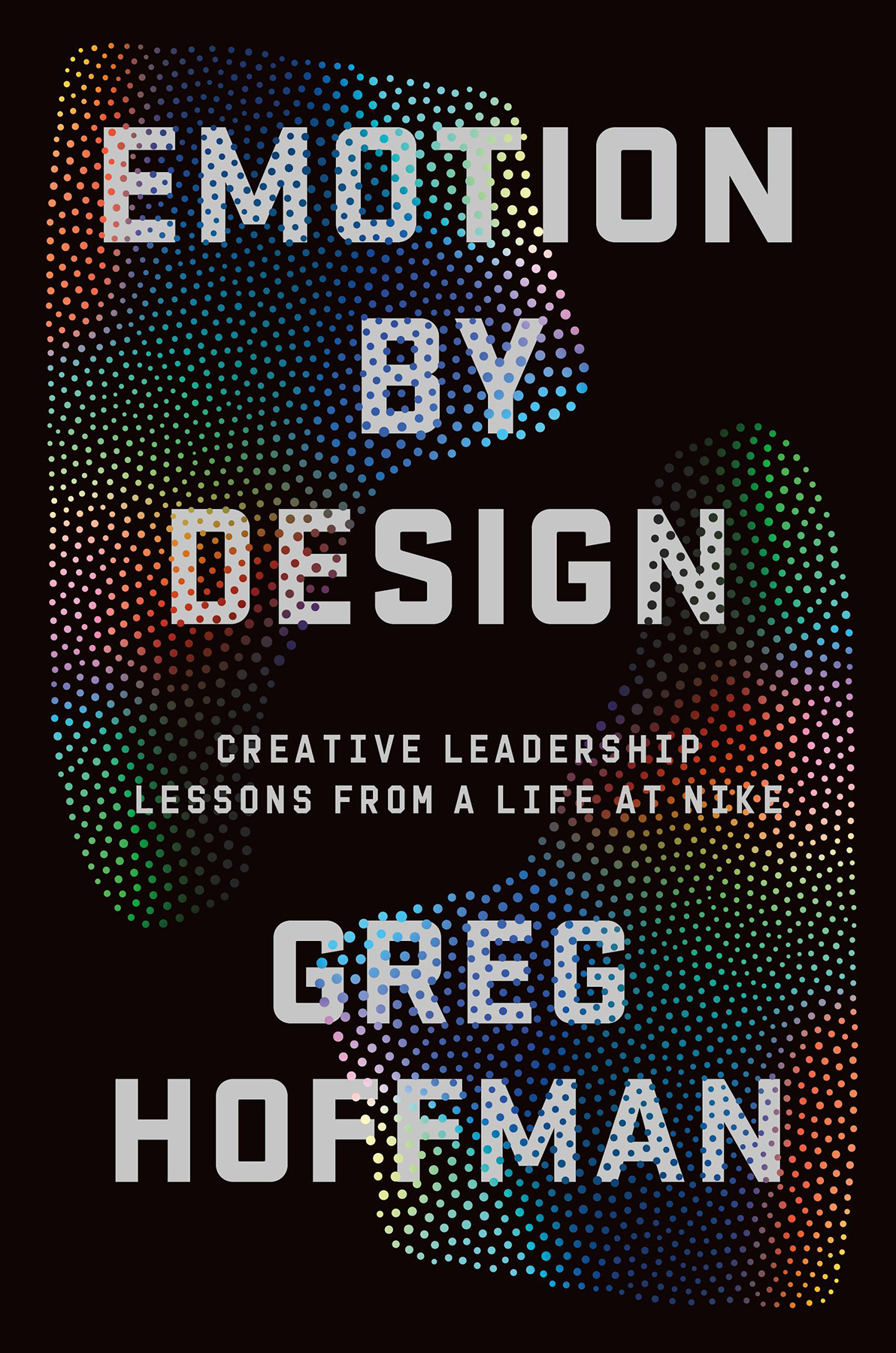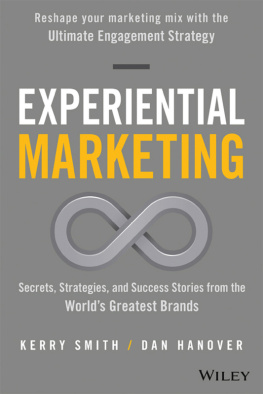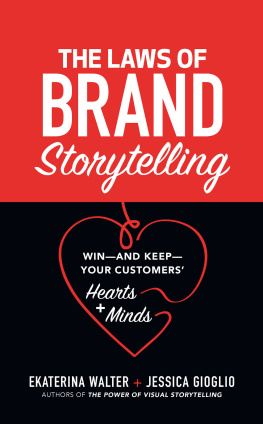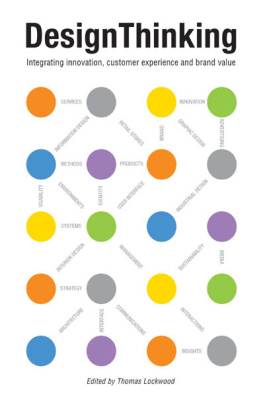
Copyright 2022 by Greg Hoffman
Cover design by Alex Merto
Cover copyright 2022 by Hachette Book Group, Inc.
Hachette Book Group supports the right to free expression and the value of copyright. The purpose of copyright is to encourage writers and artists to produce the creative works that enrich our culture.
The scanning, uploading, and distribution of this book without permission is a theft of the authors intellectual property. If you would like permission to use material from the book (other than for review purposes), please contact permissions@hbgusa.com. Thank you for your support of the authors rights.
Twelve
Hachette Book Group
1290 Avenue of the Americas, New York, NY 10104
twelvebooks.com
twitter.com/twelvebooks
First Edition: April 2022
Twelve is an imprint of Grand Central Publishing. The Twelve name and logo are trademarks of Hachette Book Group, Inc.
The publisher is not responsible for websites (or their content) that are not owned by the publisher.
The Hachette Speakers Bureau provides a wide range of authors for speaking events. To find out more, go to www.hachettespeakersbureau.com or call (866) 376-6591.
All illustrations courtesy of Greg Hoffman and Nike.
Library of Congress Cataloging-in-Publication Data has been applied for.
ISBNs: 978-1-5387-0559-9 (hardcover), 978-1-5387-0558-2 (ebook)
E3-20220202-JV-NF-ORI
To my wife and children,
Kirsten, Rowan, and Ayla:
Thanks for always dreaming with me.
Im looking at a projection screen thats flanked by more than a hundred flags from nations around the world. The international atmosphere is fitting, because this is Nikes Sebastian Coe Building, named for the British runner who won the gold medal in the 1500 meters at both the 1980 and 1984 Olympic Games. One of Coes quotes comes to me now: Competing is exciting, and winning is exhilarating, but the true prize will always be the self-knowledge and understanding that you have gained along the way. At the end of a twenty-seven-year journey from design intern to chief marketing officer of the Nike brand, I feel those words. Its February 2020 and this is my retirement celebration.
On the screen, I see GH, my initials. I am surprisedand honoredthat its been designed in a way thats reminiscent of the athlete logos we created over the years for the likes of LeBron, Tiger, and Serena. I got my start at Nike in 1992 designing logos for products, athletes, and anything else Nike sent my way. Now, my persona was a logo, bringing it all full circle, and right off the bat my emotions are making their way to the surface.
The evening is full of reminiscences and a word or two of advice (from me) to the people with whom I have worked and who have been my family for nearly three decades. One of the more moving moments is when the new head of creative for the brand, my old friend and protg Gino Fisanotti, presents me with a gift. Its a large framed portrait of Colin Kaepernick by the photographer Platon.
You may not know Platon by name, but you likely have seen his work: His signature black-and-white photographs of celebrities, world leaders, athletes, and artists are critically acclaimed for capturing the essence of the person behind the title or reputation. In a single image of, say, Muhammad Ali, you see the human in the boxing legend. In that way, Platons portraits dont look like the heavily art-directed, idealized work one usually attributes to professional photographers. Rather, they are meant to appear like Platon shot his subject in a stolen moment, a brief second where the image slips and the all-too-real person emerges, especially in the eyes. His high-contrast photographs, set against a white background, presents the person and the personality in the rawest way.
That sort of creative genius doesnt just happen; it must be designed to happen. Like all great art, a Platon portrait is meant to evoke an emotion, but that emotion isnt accidental. There is a deliberateness in the process, no different from a writer weaving a story. I cant really tell you how Platon does it; how hes able to tell a story through his portraits and elicit a response from his audience that exposes some truth about the human experience. But I can tell you how we, as brand marketers, can strive to achieve it.
My passion for fine art on the level of Platon is matched only by my love of sport. At first glance, these appear to be two separate interests, but when we look below the surface of sport we see that it has the ability to stir the purest and most visceral of our emotions; agonies and ecstasies played out on the field and in the stands for us all to feel. As Nelson Mandela once said: Sport has the power to change the world. It has the power to inspire, it has the power to unite people in a way that little else does.
As I looked at Platons portrait of Kaepernick, I once more felt the power of art to convey an impression that is both timely and timeless. The portrait was part of a marketing campaignmy last campaign at Nikebut it was also art, designed to be more than a simple photograph. It is imbued with Kaepernicks personality and passion. At the same time, this portrait is a statement of purpose for Nike: the ability of sport to change the world. The portrait hangs proudly in my home office today because it represents not only great art, but also great brand marketing. Indeed, it is a reminder to me that art and marketing can fulfill the same ends, and often should try to fulfill the same ends.
And, lastly, looking at the portrait, I am reminded about the journey that made it possible. A journey that started roughly five months earlier.

In August 2019, I went to see Platon in his studio in New York City. Our friendship dated back to 2013, when I, then head of Global Brand Creative for Nike, invited him to speak at one of the companys brand camps. In addition to being a master photographer, Platon is also a master storyteller who has this amazing ability to weave mesmerizing narratives through his singular images. I had the honor of introducing Platon to the audience and interviewed him onstage about his process and some of his most famous portraits. Out of that, our friendship began. The next time we worked together was when I asked him to shoot the Brazil National Football team for Nike, which had sponsored the team and designed its uniforms in 2014, after its Confederations Cup victory. The resulting photographs were iconic Platon, mostly black-and-white images of the players themselves, set against a white background, but with the added splash of yellow highlighting the jerseys: The players are presented as individuals, but the yellow ties them together as a team. Perhaps the true stroke of genius for Platons work in Brazil was that he went far beyond what my briefor work outlinehad defined as the project, and ended up shooting not just the athletes but also the passionate Brazilian fans. The finished photographs put both groups side by side. The result was something that transcended mere sport, because his photographs showed how sports and culture are so closely entwined. To ignore the latter in favor of the former is to miss why sports resonates with so many millions around the world.
But when I walked into Platons studio that August day, I didnt come with any plan. We talked as friends, and then Platon mentioned that he was donating his photographs of African-American leaders who had been civil rights champions to the Smithsonians National Museum of African American History and Culture. It is an impressive list of heroes, from Muhammad Ali to Harry Belafonte to Elaine Brown. An insight flashed in my mind.










